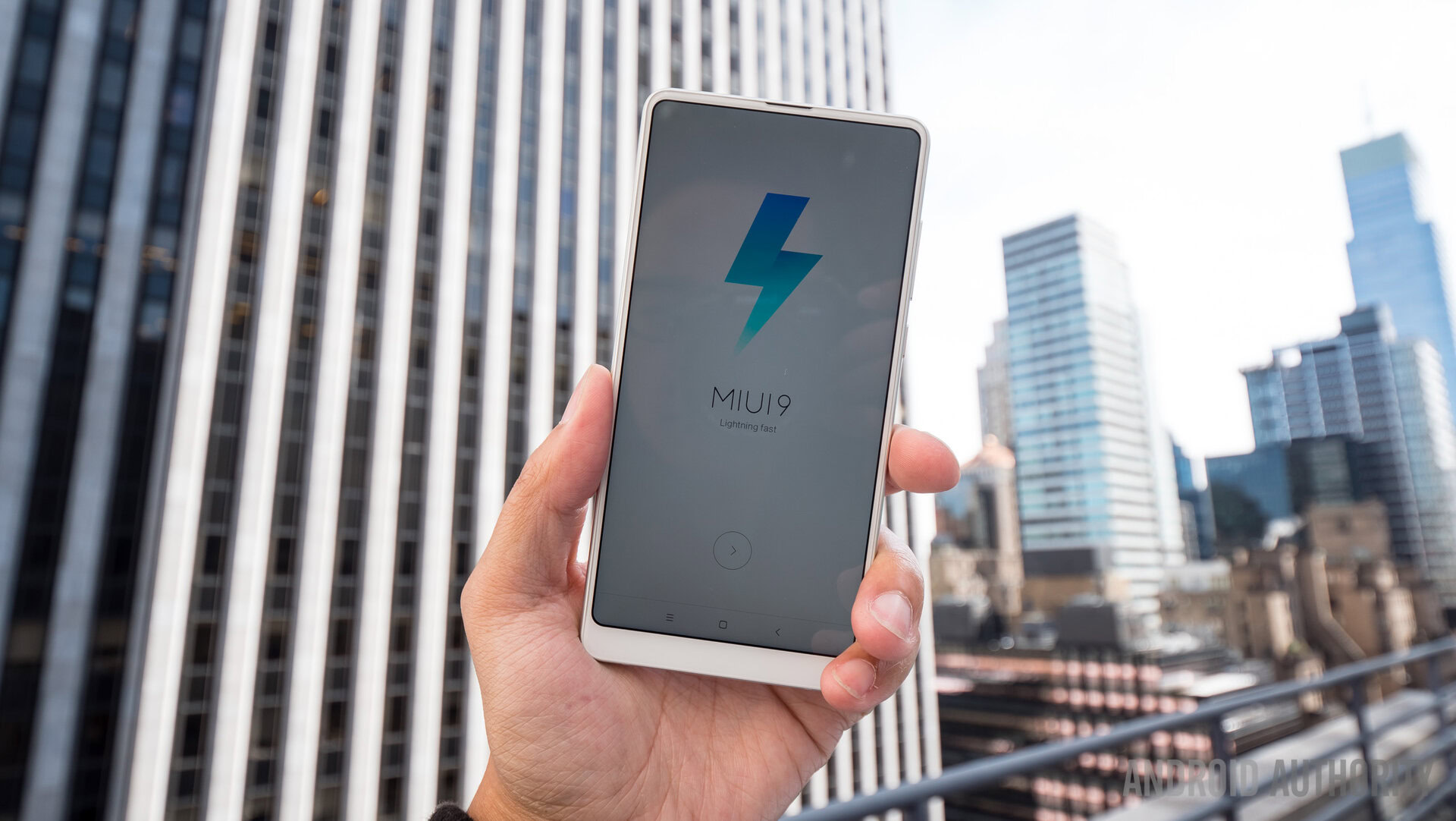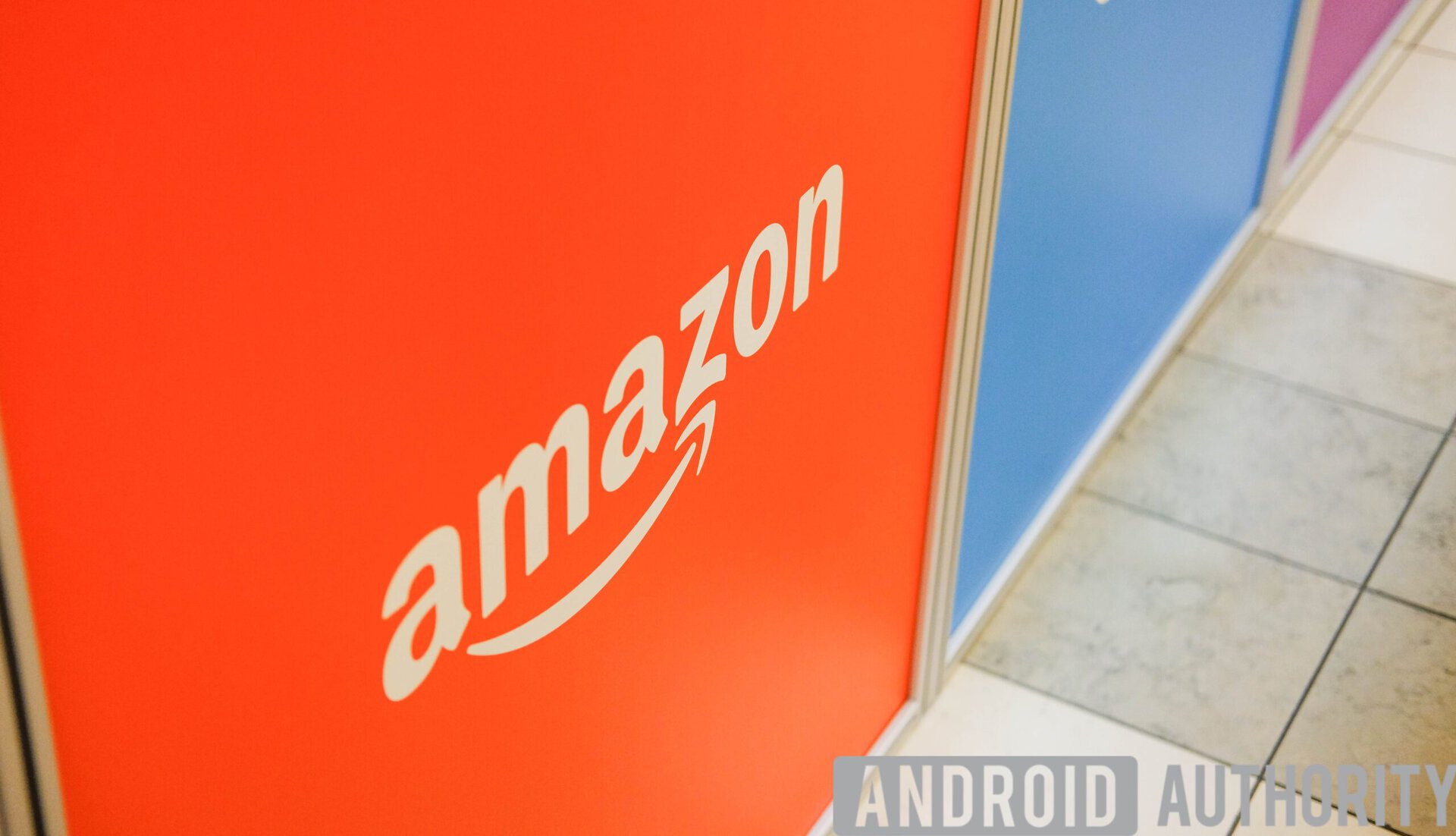Affiliate links on Android Authority may earn us a commission. Learn more.
Comment: Xiaomi's profit margin cap doesn't mean a thing
April 26, 2018

Xiaomi CEO Lei Jun made the surprise announcement yesterday that the Beijing-based company will “forever” cap net profit margins on hardware at five percent. If you didn’t know any better, you’d think that’s a generous move. Finally, a company isn’t going looking for egregious amounts of profit at your expense, right?
Wrong. The Xiaomi announcement is a ruse and should be dismissed. Here’s why, and here’s why it should matter to you.
Not mentioned: Xiaomi is far from a five-percent margin
Net profit margin comes after all costs are taken into account, including corporate tax. The percentage is taken by dividing net income (which is after tax, depreciation, interest, and so on) by revenue.
What Xiaomi doesn’t want you to know is that it doesn’t make a five percent net profit on hardware yet, and may never. While big businesses usually manage to get to that point and beyond it, very few smartphone manufacturers are close to that profit margin. Xiaomi’s margins are tiny — well below five percent. The company makes significant profits from its smartphones, but other devices, including wearables, are not profitable.
Xiaomi doesn’t rely solely on hardware sales to extract value from its devices. The company is well known for advertising on its devices, and sells digital and app services, such as skins, from its online MIUI stores. Having a larger user base helps this, so it’s more important for Xiaomi to sell a lot of devices than to make a big profit out of each sale.

Note how Lei Jun didn’t cap the net profit margin on software at five percent. As one user said following the announcement, “I’d rather they increase profit margin than showing ads everywhere in MIUI.”
For another perspective, imagine announcing to your friends you were going to cap your earnings for the year at $1 million, and give them anything you make beyond that. Your friends might get excited before they realize you don’t make close to that amount, probably never will, and they’ll never see a dime. (Sorry!)
Apart from Apple and Samsung, no one’s making big profits
Profit margins in the smartphone industry are already razor thin, apart from Apple, which exists in another world. Apple makes approximately a 21.1 percent net profit margin across its business. That means if Tim Cook had come out and said this, it’d have been a big deal. iPhones would drop in price 15-20 percent.
Not so much for the rest of the smartphone and hardware market.
Samsung makes no more than 8.5 percent on its entire business (and Samsung is expecting profits to fall due to smartphone market weakness). Huawei’s entire corporate business comes in at 7.9 percent. In those cases we don’t know how hardware is broken out. ZTE manages a 4.7 percent average on its business. LG Electronics does more than smartphones, and has a 3.4 percent net profit margin. Lenovo’s business sits at just 1.18 percent. At least all those are profitable. HTCoperates at a vastly worrying negative 27.2 percent.
What we know from Counterpoint Research is that Xiaomi makes an approximate $2 of profit per device. Considering that the average selling price of Xiaomi devices is well under $150, the company’s current margin is a little over one percent.
The world of corporate accounting makes it a meaningless number
Net profit margin is a notoriously tricky margin. Even the word “profit” isn’t always meaningful — Xiaomi noted this in its presentation, saying it reserves the right “to the interpretation of the word profit.”
If that isn’t clear enough, take Amazon. One of the world’s biggest companies has a net profit margin of less than two percent. This isn’t a gift to consumers. Nor are investors worried. Amazon is careful not to make a profit. The Bezos-led behemoth pours the revenue it earns back into building out more services and R&D. In fact, Amazon invests more than any other company in the world into R&D initiatives.

Amazon is making money — its gross margins are more than 20 percent. It just spends more revenue on more expenses, because it’s not about making a profit for Amazon — yet.
As our own Scott Adam Gordon pointed out, a five percent margin doesn’t mean much if you decide to go for ultra-high end products, huge R&D costs, and marketing. A solid gold USB stick with a five percent net profit margin might not have a lot of profit for the maker, but it will still be an expensive device.
Credit where it’s due: its announcement is a clever ruse — for now. The company plans to go public in 2018, aiming for a valuation as high as $100 billion. That won’t be supported unless Xiaomi can show growth and profits. The profits will have to come from somewhere, so net profit margin on hardware feels like a meaningless number here.
Final thoughts
If Xiaomi manages to hold on to the mantle of “Apple of China,” perhaps down the line this will be a notable and admirable restraint, truly limiting profits and living up to its “innovation for everyone” tagline. Until then? Points for effort and PR, but the reality is nothing will change.